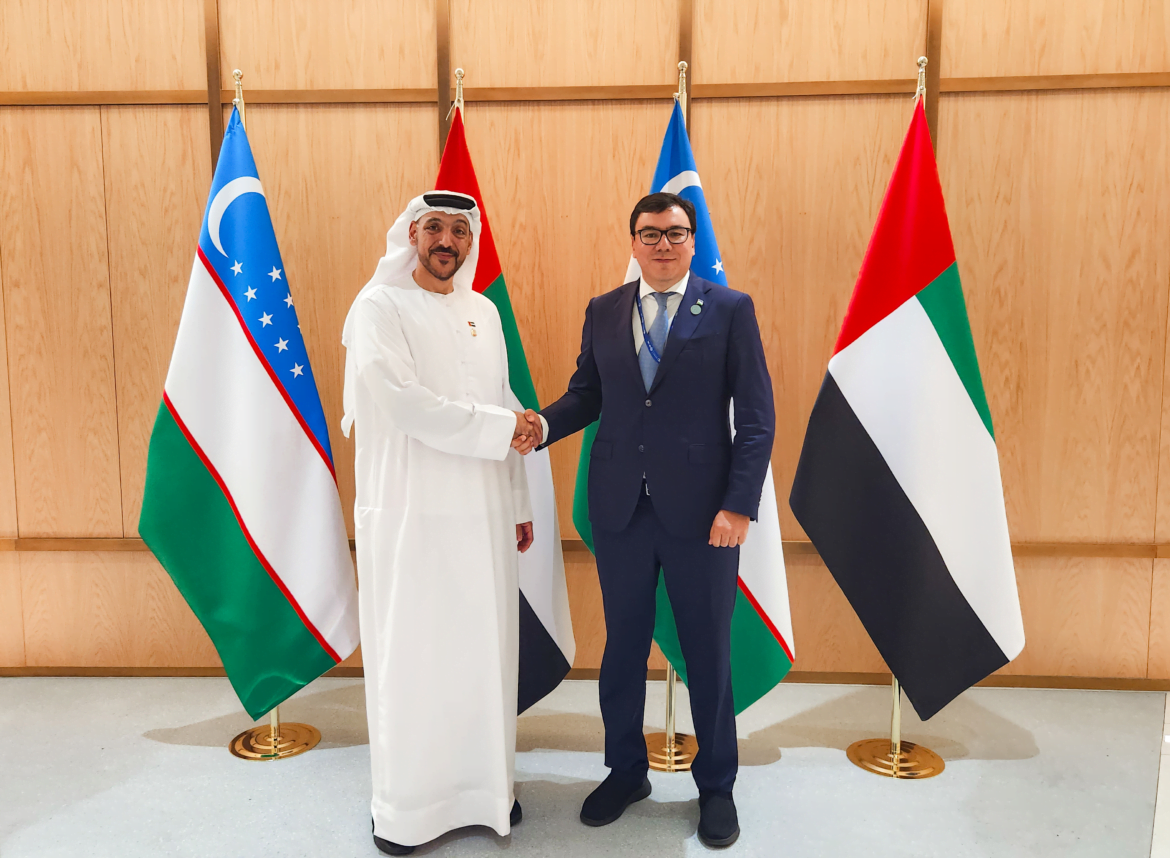Tadweer (Abu Dhabi Waste Management Company) has announced signed a Memorandum of Understanding (MoU) with the Ministry of Ecology, Environmental Protection and Climate Change of the Republic of Uzbekistan. Together, …
Energy
-
EnergyEnvironmentLatest News
The fifth and final Dialogue series between COP28 and IEA wraps up
by salehThe fifth and final Dialogue, held during COP28 in Dubai, was attended by over 40 high-level leaders, including Heads of State and Government, Heads of Delegation and business leaders, and …
-
During the first week of COP28, key announcements from the UAE Pavilion include:● Pledges of $200m-plus towards food systems transformation, agriculture innovation and climate action.● An increase in electric vehicle …
-
-
The Abu Dhabi Department of Energy (DoE) has signed two Memorandums of Understanding (MoU) at COP28 UAE with internationally-recognised partners, it has shared. The agreements aim to harness solar power …
-
Thirty-one partners have announced a joint commitment to advance electrification, renewables-ready grids, and clean energy deployment in line with 2030 Breakthrough goals and a net zero future by 2050. These …
-
Amid record heatwaves, intensifying and costly extreme weather events, and increasingly dire warnings that climate change is literally killing us, calls to abandon fossil fuels grow louder. But the fossil-fuel industry is doubling down with investments in new oil …
-
-
-
Wth the addition of four new partners, financial pledges towards the International Renewable Energy Agency’s (IRENA) ETAF platform reached USD 4.05 billion, it has been announced. This surpasses its original …




